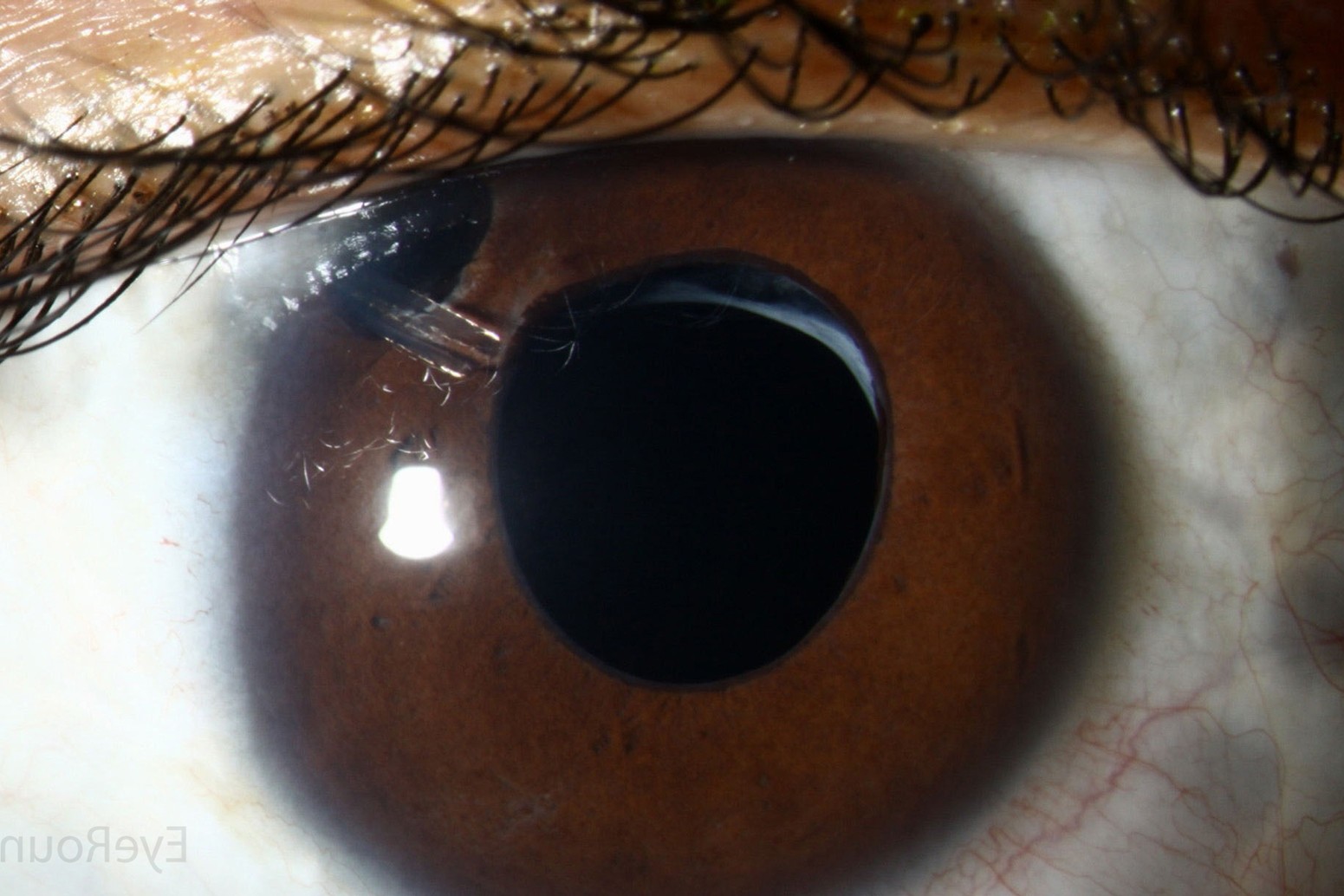
Aphakia is a condition where the eye's natural lens is missing. This can happen due to surgery, injury, or be present from birth. Without the lens, focusing on objects becomes difficult, leading to blurry vision. Aphakia can affect one or both eyes and often requires corrective measures like glasses, contact lenses, or even artificial lens implants. Understanding this condition is crucial for those affected, as it impacts daily life and vision quality. Here, we'll explore 28 facts about aphakia to help you grasp its causes, symptoms, and treatment options. Whether you're dealing with it personally or know someone who is, these facts will provide valuable insights.
What is Aphakia?
Aphakia is a condition where the eye's natural lens is missing. This can happen due to surgery, injury, or a congenital defect. Let's dive into some fascinating facts about this condition.
-
Aphakia can be congenital: Some babies are born without a lens in one or both eyes. This is known as congenital aphakia.
-
Surgical removal: The most common cause of aphakia is the surgical removal of the lens, often due to cataracts.
-
Vision impact: Without a lens, the eye cannot focus light properly, leading to blurry vision.
-
High hyperopia: Aphakic eyes often experience high levels of farsightedness (hyperopia).
-
Thick glasses: People with aphakia may need very thick glasses to correct their vision.
-
Contact lenses: Special contact lenses can also be used to help correct vision in aphakic individuals.
-
Intraocular lenses (IOLs): Modern cataract surgery often involves replacing the removed lens with an artificial intraocular lens.
-
Light sensitivity: Aphakic eyes can be more sensitive to light, requiring sunglasses or tinted lenses.
-
Color vision: Some aphakic individuals report changes in color perception.
-
Depth perception: Depth perception can be affected, making it harder to judge distances.
Causes of Aphakia
Understanding the causes of aphakia can help in managing and preventing the condition. Here are some key causes:
-
Cataract surgery: The primary cause of aphakia is the removal of the lens during cataract surgery.
-
Trauma: Eye injuries can sometimes result in the loss of the lens.
-
Genetic factors: Certain genetic conditions can lead to congenital aphakia.
-
Infections: Severe eye infections can damage the lens, leading to aphakia.
-
Inflammation: Chronic inflammation of the eye can also result in lens damage.
Symptoms of Aphakia
Recognizing the symptoms of aphakia is crucial for timely diagnosis and treatment. Here are some common symptoms:
-
Blurry vision: One of the most noticeable symptoms is blurry or distorted vision.
-
Double vision: Some people with aphakia may experience double vision.
-
Glare and halos: Increased sensitivity to light can cause glare and halos around lights.
-
Eye strain: Straining to see clearly can lead to headaches and eye discomfort.
-
Reduced visual acuity: Overall sharpness of vision is often reduced.
Treatment Options for Aphakia
There are several treatment options available for managing aphakia. Here are some of the most common:
-
Eyeglasses: Thick, high-powered eyeglasses can help correct vision.
-
Contact lenses: Specially designed contact lenses can provide better vision correction than glasses.
-
Intraocular lenses (IOLs): Implanting an artificial lens inside the eye is a common and effective treatment.
-
Magnifying devices: Magnifiers can help with reading and other close-up tasks.
-
Sunglasses: Tinted lenses can reduce light sensitivity and improve comfort.
Living with Aphakia
Living with aphakia requires some adjustments, but many people lead full, active lives. Here are some tips for managing the condition:
-
Regular eye exams: Frequent check-ups with an eye doctor are essential.
-
Protective eyewear: Wearing protective glasses can prevent further eye injuries.
-
Healthy lifestyle: Maintaining a healthy diet and avoiding smoking can support overall eye health.
The Final Word on Aphakia
Aphakia, the absence of the eye's natural lens, can result from surgery, injury, or congenital conditions. This condition significantly impacts vision, often requiring corrective measures like glasses, contact lenses, or intraocular lens implants. Understanding aphakia helps in recognizing its symptoms, such as blurry vision and difficulty focusing, and seeking timely medical advice. Treatments have advanced, offering various options to restore vision effectively. Awareness and early intervention play crucial roles in managing aphakia, ensuring better quality of life for those affected. Remember, regular eye check-ups can catch issues early, making treatment more manageable. Stay informed, take care of your eyes, and consult eye care professionals if you notice any changes in your vision.
Was this page helpful?
Our commitment to delivering trustworthy and engaging content is at the heart of what we do. Each fact on our site is contributed by real users like you, bringing a wealth of diverse insights and information. To ensure the highest standards of accuracy and reliability, our dedicated editors meticulously review each submission. This process guarantees that the facts we share are not only fascinating but also credible. Trust in our commitment to quality and authenticity as you explore and learn with us.
